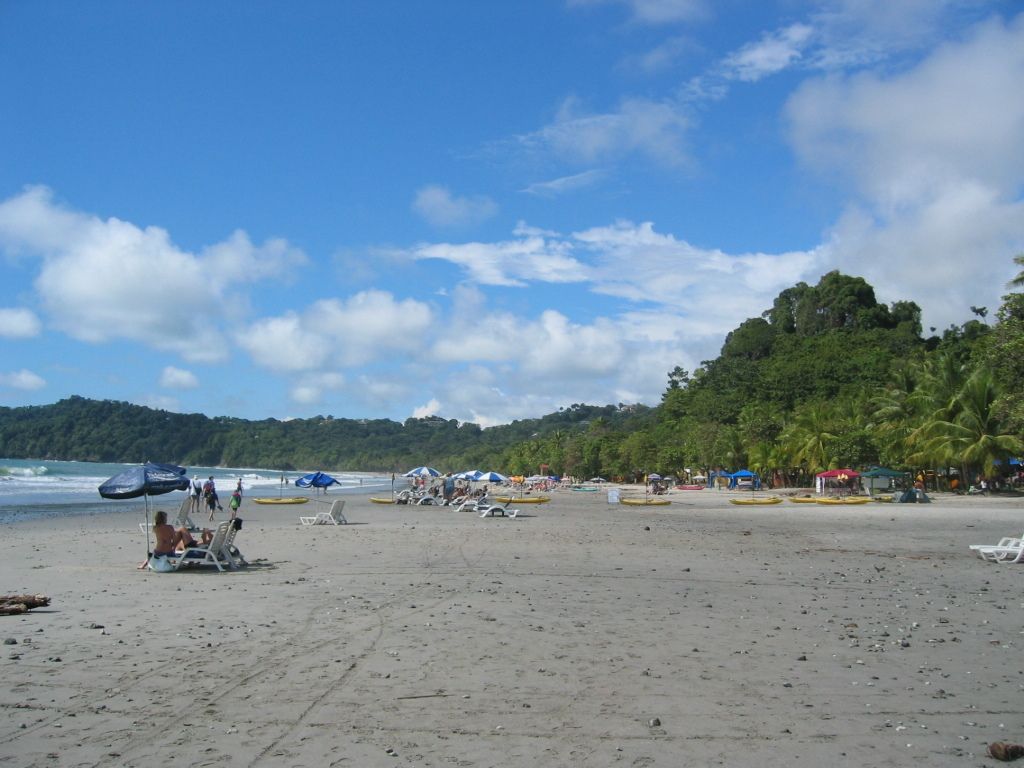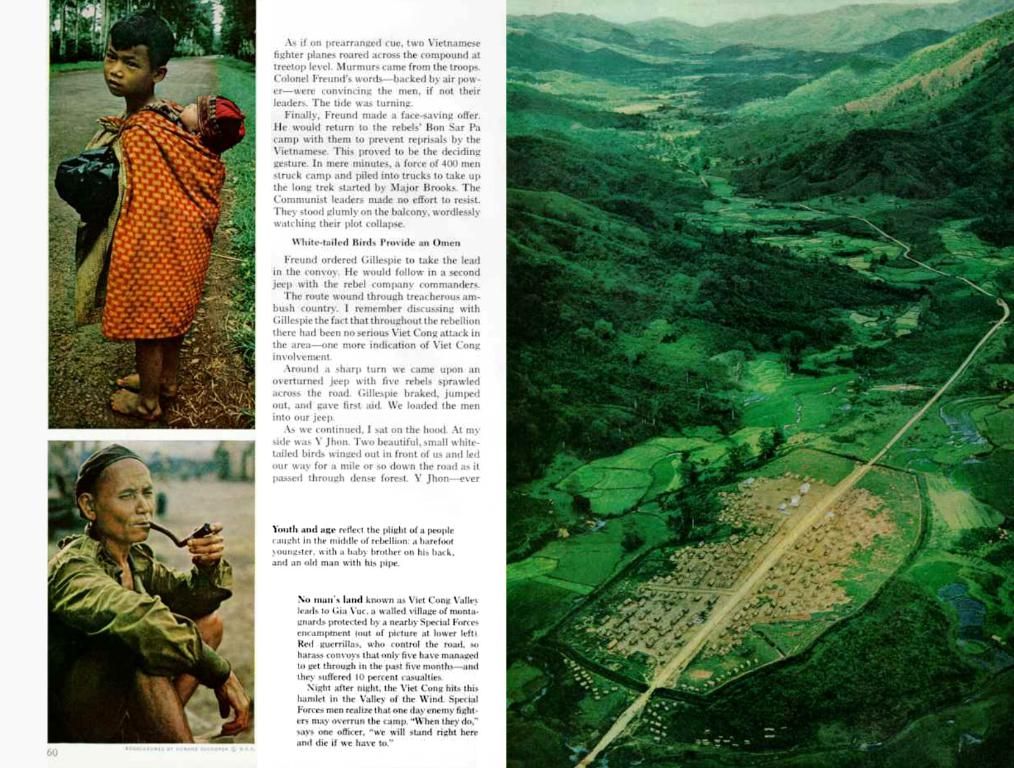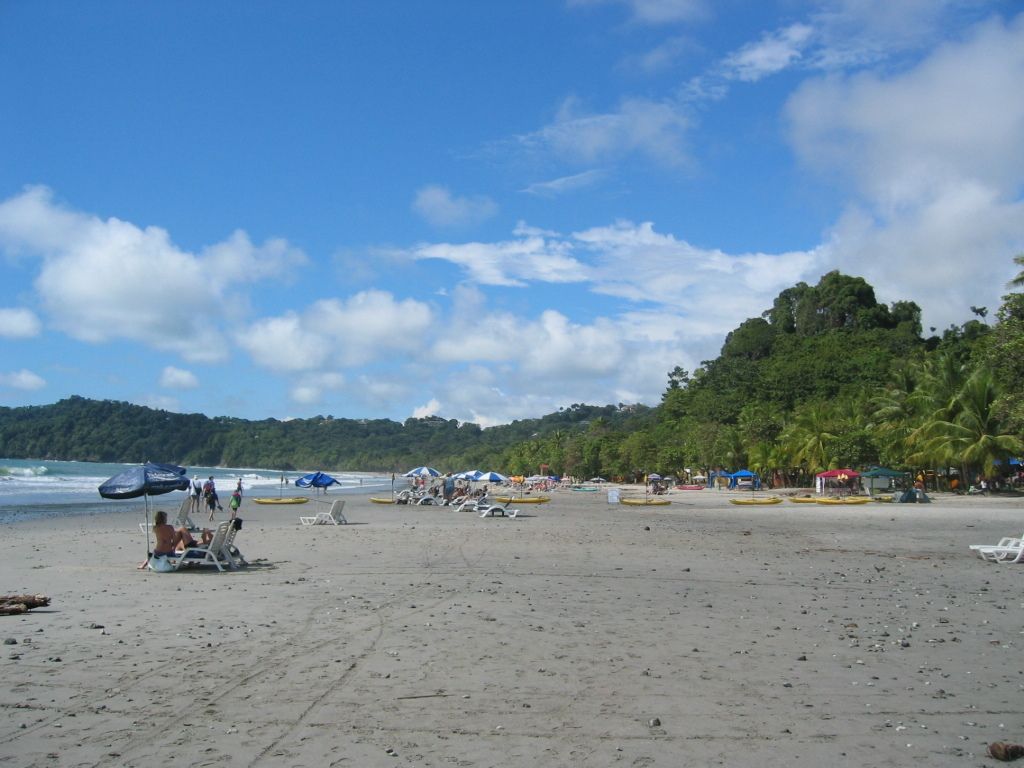Reviving the eternal soul of Namangan through its Flower Exhibition
Spotlight on Namangan: A Capital of Culture and Celebration
Huddled at the foot of the Fergana Valley, where the mountains embrace orchards and traditions blossom, lies a city that knows how to party: Namangan.
In springtime, it dons a vibrant cloak, transforming into the floral heart of Central Asia, and in 2025, I was lucky enough to witness this metamorphosis firsthand.
The 64th International Flower Festival: A city blooming
May 25, 2025, saw Namangan throw open its gates to the world for the 64th edition of the International Flower Festival—one of Central Asia's most colorful and exuberant cultural events. Held at the Zahiriddin Muhammad Babur Culture and Recreation Park, the festivities began with a dazzling parade of over 200 flower-decked cars, travelling a 10-kilometer route from Namangan International Airport to the city center.
To mark the occasion, the city planted over 100 million flowers, a number that seems almost surreal. Public parks, main thoroughfares, and hidden nooks alike were converted into kaleidoscopic tapestries, standing as floral masterpieces.
But the fun didn't end there. With over 100 cultural events, the city became a stage for art, crafts, gastronomy, and joy—all woven together by the scent of millions of flowers.
As a tourism buff, I don't merely view cultural festivals as events but as doorways to a region's soul. They bring together all the elements that make travel truly meaningful—authentic encounters with local traditions, music, cuisine, and people. Here, visitors can experience the heartbeat of a place, not as passive observers, but asicipients. For me, festivals like Namangan's are essential to cultural travel. They offer spaces for both jubilation and understanding, providing glimpses into how communities express identity, memory, and joy.
Beyond the blooms: Aksikent
While the flowers captivated visitors, Namangan's true character lies deeper—in its history, its people, and its roots.
During my stay, I was fortunate enough to explore Aksikent, an ancient Silk Road city just 30 kilometers from Namangan. Once a thriving hub of commerce and culture, Aksikent traces its history back over two millennia but is perhaps most famous today as Babur's birthplace—the founder of the Mughal Empire.
Through my travels across Asia, I've encountered fragments of Babur's legacy in numerous remarkable places.
In India, his influence is colossal. As the creator of the Mughal Empire, he laid the foundations for a dynasty that would shape the region's politics, culture, literature, and architecture for centuries.
In Kyrgyzstan, I visited Suleiman-Too, a mountain overlooking Osh where Babur is said to have meditated in reflection before embarking on his journey to India. It was here, nestled by the constraints of his homeland, that he envisioned expanding into India. Looking out from that peak, with the vast Fergana Valley sprawling beneath me, I could sense the spiritual energy that fueled his ambition.
In Uzbekistan, Babur's impact is deeply embedded in the nation's literature, education, and historical memory. In Afghanistan, I had the opportunity to visit his final resting place in Bagh-e Babur, a tranquil garden in Kabul, where Babur was laid to rest according to his wishes. Although he passed away in India, he wished to be buried in the land he cherished most. Even in modern-day Turkey, Babur's influence is symbolically recognized. One of the sixteen stars on the official Presidency Seal represents the Mughal Empire, acknowledged as one of the historical Turkic states due to Babur's Chagatai Turkic heritage and imperial lineage.
Yet, despite all these encounters, standing in Aksikent—the very place where Babur was born—held a unique, personal resonance. It wasn't merely about tracing his legacy. It was about tracing the beginning of a story that would reshape empires and cultures across the continent.
Wandering among the ruins, it was easy to imagine the cadence of markets, the footprints of travelers, the dreams of poets. Here, history felt both remote and immediate, especially when joined by a 15th-generation descendant of Babur. Their presence and our conversations brought history to the present, a powerful reminder that heritage is not only etched in stone or recorded in books, but also transmitted through people and memory.
More than flowers: A living adventure
Namangan's Flower Festival is more than a visual spectacle. It's a multisensory journey, where flowers meet heritage and celebration meets contemplation.
Whether you're watching a performance in a park awash with color or standing silently among ancient ruins, Namangan offers something rare: a place where beauty isn't just observed but felt, layered with meaning, memory, and pride.
The festival continues until June 29, 2025, so there's still time to immerse yourself in this symphony of color, culture, and connection.
- The 64th International Flower Festival, a vibrant cultural event in Namangan, converted public parks and thoroughfares into kaleidoscopic floral masterpieces, marking the occasion with over 100 cultural events including art, crafts, gastronomy, and joy.
- As a traveller, I believe that cultural festivals like the International Flower Festival in Namangan serve as doorways to a region's soul, offering authentic encounters with local traditions, music, cuisine, and people.
- Beyond the blooms of the festival, Namangan's true character lies in its history, people, and roots, as seen in ancient Silk Road cities like Aksikent, a 30-kilometer journey from Namangan and Babur's birthplace.
- Through my travels across Asia, I've encountered fragments of Babur's legacy, shaping politics, culture, literature, and architecture in India, and even recognized in modern-day Turkey through the Presidency Seal.
- Standing in Aksikent, where Babur was born, offered a unique, personal resonance—not just about tracing his legacy, but about tracing the beginning of a story that would reshape empires and cultures across the continent.
- The festival doesn't just cater to visual spectacles; it's a multisensory journey, where flowers meet heritage and celebration meets contemplation, allowing visitors to feel beauty layered with meaning, memory, and pride.
- Eco-tourism, travel, education-and-self-development, fashion-and-beauty, home-and-garden—all these sectors find their roots in Namangan, blossoming amidst cultural celebrations, offering a living adventure for enthusiasts.




